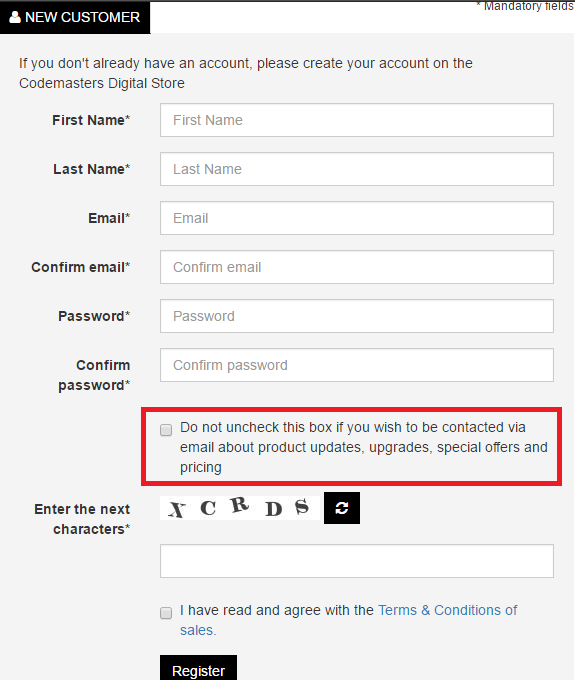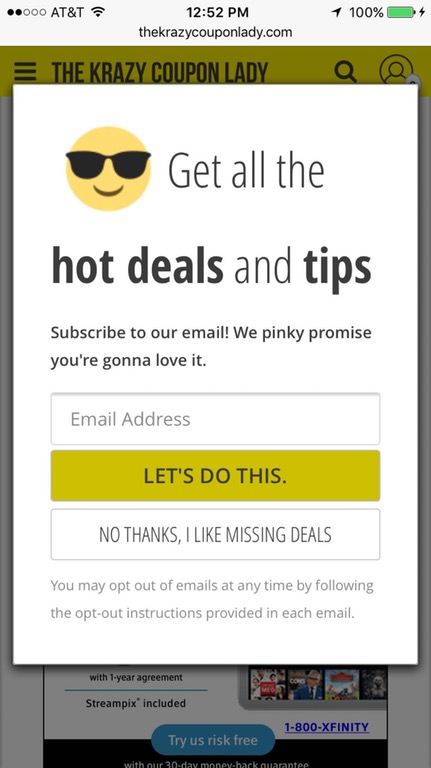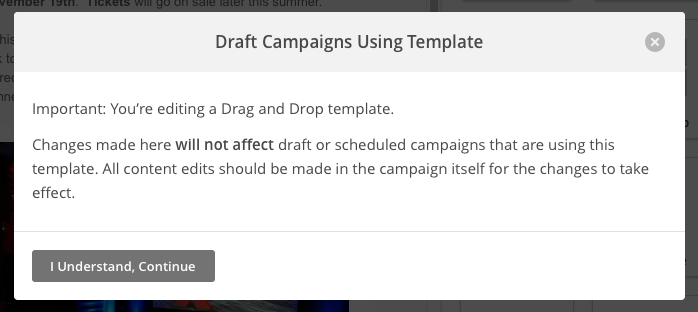After an overwhelming response to a recent article about what companies are looking for in UX writers, I was flooded with questions about how to actually break into the role. After speaking with a bunch of UX writers and hiring managers from Google, HTC, Amazon, and a few other big companies, I’ve put together a list of resources and tips for getting into one of these roles.
When it comes to how companies view UX writing, one thing is very clear: they’re absolutely looking for seasoned user experience designers who are also fantastic copywriters (rather than copywriters with an interest in UX). Understandably, this also makes hiring really tough—traditionally, talented copywriters work in advertising or marketing, rather than on product design teams.
As the need for UX writers grows, more and more folks are becoming interested in the role (if my email inbox is any indicator). So how does one go about building the experience needed for this role?
Let’s take a look at some tactics that aspiring UX writers can use to start building foundational knowledge, experience, and credibility.
Read. A lot.
Because UX writing is a marriage of two disciplines, foundational knowledge of both user centered design (UCD) and traditional persuasive copywriting is critical for any aspiring UX writer. So, hit the books.
Books and Websites About User Experience
We’ve published a lot in the past about fantastic UX books for beginners, which is definitely worth checking out; however, here are a few of the obvious choices for reading material:
- The Design of Everyday Things, by Don Norman. Don Norman, of Nielsen Norman Group (NNG), wrote this book more than two decades ago, and students of usability read it to this day. It’s an easy, enjoyable read, and will help set newcomers on the path toward design thinking.
- Sketching User Experiences (and the accompanying Workbook). These books by renowned Microsoft designer and researcher Bill Buxton are practical, applicable, and a fantastic jumping off point for new user experience designers to learn the ropes and lingo of design and design thinking. The workbook provides exercises to get designers thinking and sketching.
- Nielsen Norman Group website, founded by Jakob Nielsen and Don Norman. This is a fantastic resource for new and experienced UX designers. The NNG publishes frequently about trends in UX, best practices, and research. It’s a must-have for the bookmark bar.
Books and Websites About Copywriting
Here at UX Booth, we’ve covered content creation and “proto-content,” but copywriting in particular is a whole ‘nother beast with decades of research and practice behind it. Here are a few notable books about copywriting.
- Copywriting, 2nd Edition, by Mark Shaw. The simple title sums it up pretty well: this book is about all things copywriting. It introduces readers to the different kinds of copy, and explores what makes for good copywriting; includes in-the-wild examples; explains the importance of knowing the audience; and provides some excellent copywriting practice exercises. This is my favorite copy book, hands down.
- The Adweek Copywriting Handbook, by Joseph Sugarman. I know for many designers and writers out there, “Advertising” is a bad, ugly word that evokes images of Mad Men and evil-doing. But that’s because effective ad copywriting does precisely what effective UX copywriting should: anticipate audience needs, hopes, pains, and fears. And while this book’s author focuses heavily on print advertising, the process and principles behind the work are the same for other types of copywriting.
- The Definitive Guide to Copywriting, by Neil Patel and Joseph Putnam. This one is a bit lighter than the aforementioned fare, but it a) is free, b) covers a lot of ground, and c) focuses a little more heavily on the digital sphere, rather than the more traditional print focus. It’s a quick read, too, so might be a good starting point for those looking to survey the land before stocking their libraries with traditional copywriting literature.
One final note about books on copywriting: try to stick to the more established, research-based approaches to copywriting when reviewing books or other materials. Online marketers have flooded the web with watered-down trash about “how to write copy that converts,” as they say. “Trash” might be a strong word; I mean to say that the advice in those articles is high-level, often obvious, and can sometimes bleed into darker territory that focuses more on conversions than on a good experience. If an article or a book is discussing—directly or indirectly—”tricking” or confusing a user, walk away.

A great example of copy that aims to confuse. Someone gave their sleazy marketing team too much power. Credit: speedyskier22 via Reddit.

See that “I like missing deals” nonsense? This is another “dark pattern” of copywriting: “click-shaming.” It is stupid, manipulative, and completely transparent. It pisses off users. Don’t do it. Credit: jnachod via Reddit.
Go to Meetups
No matter the field or the job, networking is everything. Learn to love it. Meetups and other field- or interest-specific events are fantastic for meeting others working in the field, not to mention finding exposure to the topics they discuss and language they use. It’s like language immersion, but for a career.
Since copywriting meetups will likely include more marketing and advertising folks, UX-related events are probably a better bet for aspiring UX writers. For instance, in Seattle, these are a few groups that have allowed me to engage in fantastic conversations about UX writing:
- Seattle Information Architecture & User Experience Meetup
- Content Strategy Seattle
- Seattle Virtual Reality Meetup
Aspiring UX writers should keep an eye out for similar events or groups. Meetup, Eventbrite, and General Assembly are good starting points. Check them out, and get out there.
Observe and Collect the Good Stuff
What better way to become better at something than study how others are doing it well? Start paying attention to UX writing in the wild. Whether I’m at work or watching It’s Always Sunny in Philadelphia for the 15th time through, I’m watching the copy all around me.
This kind of observation forces me to pay attention and ask questions about choices various design teams have made. Why does Netflix use title case on buttons and headlines but not on some of their other calls to action? Why did Twitter change their “Favorite” call-to-action to “Like”? How is Google’s native notification copy different from some of their app copy?
Keep in mind too a good example doesn’t necessarily ooze with personality or cheekiness—often it’s simple, clear, and on-voice copy that stands out the most.
This is the kind of stuff I keep in my collection:

This is a MailChimp alert / notification. MailChimp is typically very cheeky, conveying a strong voice. However, this is a great example of how they know when to dial it back and get down to brass tacks. This is an important message, and they waste no space with voice-heavy copy.

This is what I saw when I logged back into TurboTax this year. It’s welcoming, and it reassures me (even if it’s not specific reassurance) during a time I’m likely to be dreading my next tasks—i.e. doing my taxes. It also takes a non-intrusive moment to market to me, but in a way that focuses on how the product they want to sell me might be relevant to me. Good stuff.
It’s important for UX writers to be able to precisely explain why they’ve made the choices they’ve made. I make it a point when collecting these examples to brainstorm the kinds of considerations and choices that went into the design of the language.
Build a Portfolio
This is the part where many get stuck. “How can I build a portfolio if I don’t have enough experience to get the work?” is often the question that springs up. And it’s a fair one. But it’s not too tall of a hurdle. There are a couple of options here (and they all make for good practice).
If there’s no work, make your own
Much like aspiring designers will redesign existing applications, websites, or products in order to fill out a portfolio, UX writers can rewrite interface copy and headlines in products that need improvement. Annoyed with Pokemon Go onboarding? Rewrite it. Amazon error copy seem off-target? Rewrite it. And document the whole thing, including justification for the redesign, and defense of choices. Boom: portfolio. Just make it clear that this is all conceptual.
Help out some friends
Keep an ear and eye out for folks needing help putting together a website, a blog, a YouTube channel—anything. Any project can benefit from UX writing considerations, and this approach kills two birds with one stone: happy friends and UX writing exercise. Again, document the process.
Force UX writing into current job
This is much easier to do for those already working in or around user experience design. For instance, my current job description doesn’t necessarily spell out anything about interface copy, but I work it into all of my projects anyway.
Even for those not working as user experience designers can look for opportunities. Look around departments and other teams to see where a UX writing audit may help support internal and user goals. For instance—a friend of mine is very interested in the field, though knows he needs practice and experience before changing careers (currently a support specialist at a startup). Through some customer surveys measuring experience satisfaction, he identified a need to update the language and voice in some automated messages sent out during a support engagement. After he spent some time making the messages slightly more conversational, he surveyed support users once more. Overall they reported ~30% higher satisfaction with the support team experience.
Of course, this isn’t a perfect metric (other factors—even day to day mood changes of support staff—could be at play), it was still a good enough outcome for my friend’s boss to give him some freedom to look for other similar opportunities.
Request Critique
Designers, developers, writers—everyone benefits from getting external input on creative output. Whether it’s a project or a conceptual portfolio piece, it’s valuable to ask other writers or user experience designers for feedback on work.
For those who don’t have easy access to UX professionals, seeking out critique online can be helpful, too. Find a relevant Slack channel or visit another online community—like the UX subreddit. Just be sure to be courteous and offer input and critique of others’ work too—no one likes that one guy who barges in and demands things without giving anything in return.
Have Patience (But Mostly Discipline)
Breaking into a new role will not happen overnight, especially if aspiring UX writers are lighter on either UX or copywriting experience. These are two crafts that take a long time to be really good at, and newcomers shouldn’t expect to write copy for a few screens, read a couple books, and get a job designing interface copy for Google.
Dedicate time to building a portfolio. Go out and meet people doing the work. Ask questions of people and of design choices. And document, justify, and defend everything.
In the meantime, here are a few other UX writing resources:
- My running list of UX writing job descriptions
- Google’s Material Design communications guidelines (good stuff!)
- Google’s description of the role
- Some lessons learned in UX writing
- Fantastic (and funny) subreddit often featuring experience-breaking copy
Ready to get real about your website's content? In this article, we'll take a look at Content Strategy; that amalgamation of strategic thinking, digital publishing, information architecture and editorial process. Readers will learn where and when to apply strategy, and how to start asking a lot of important questions.